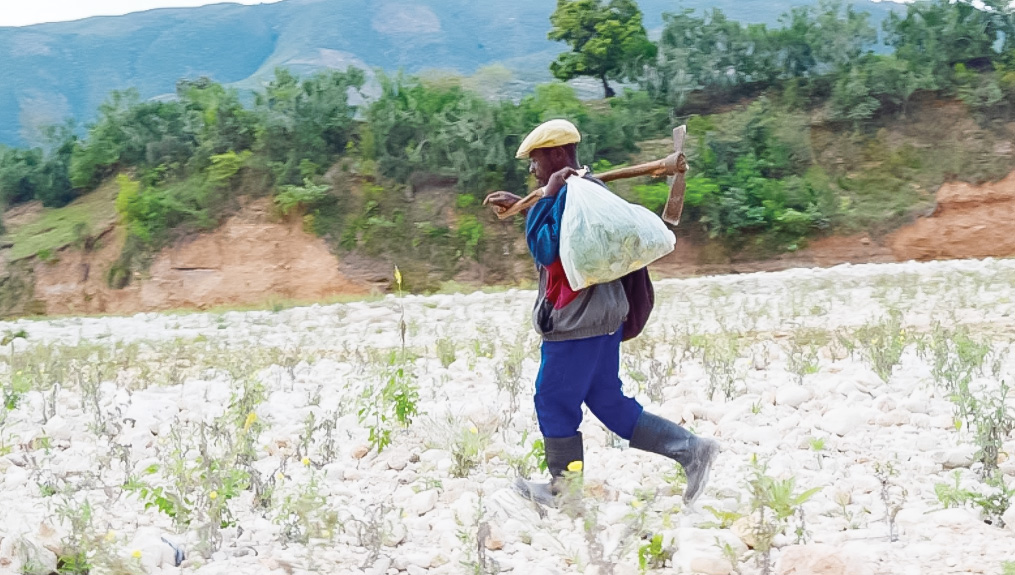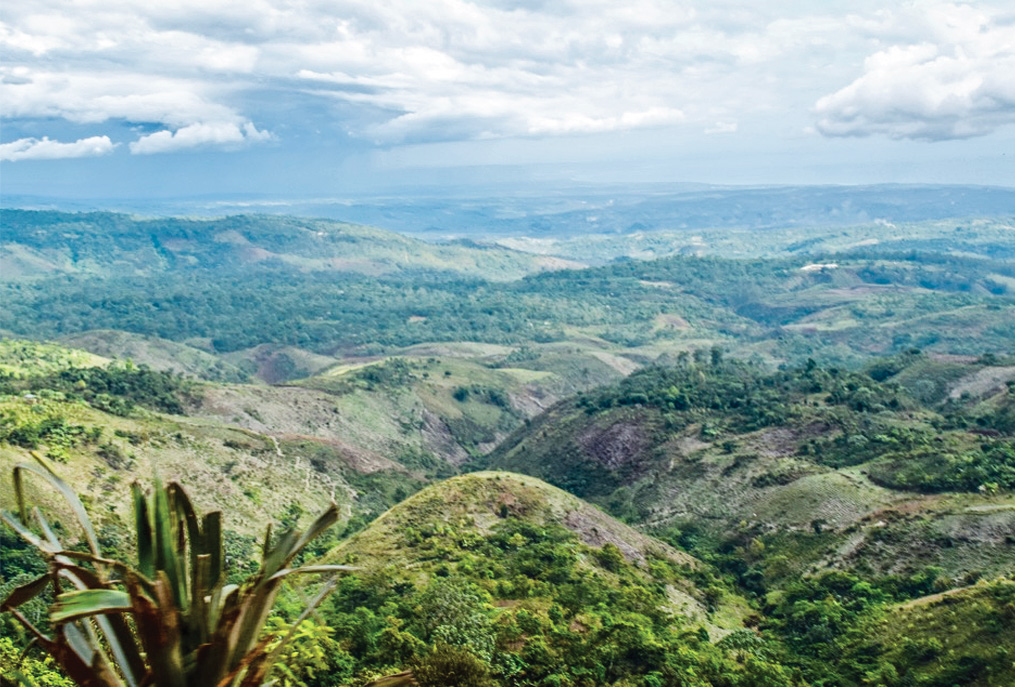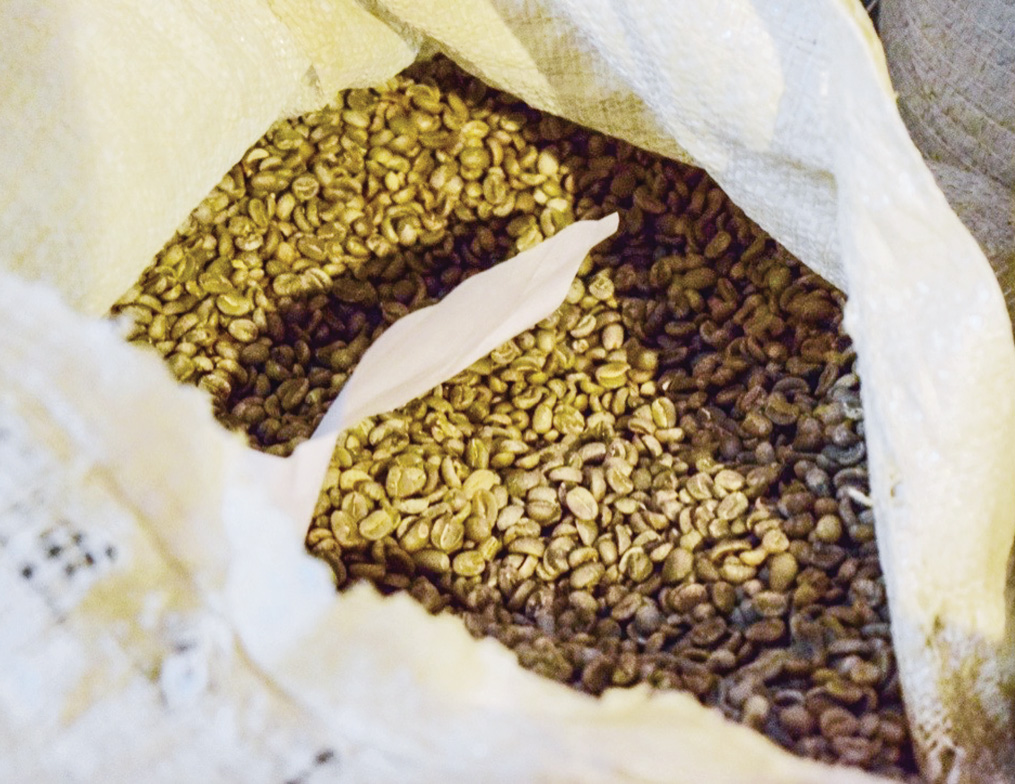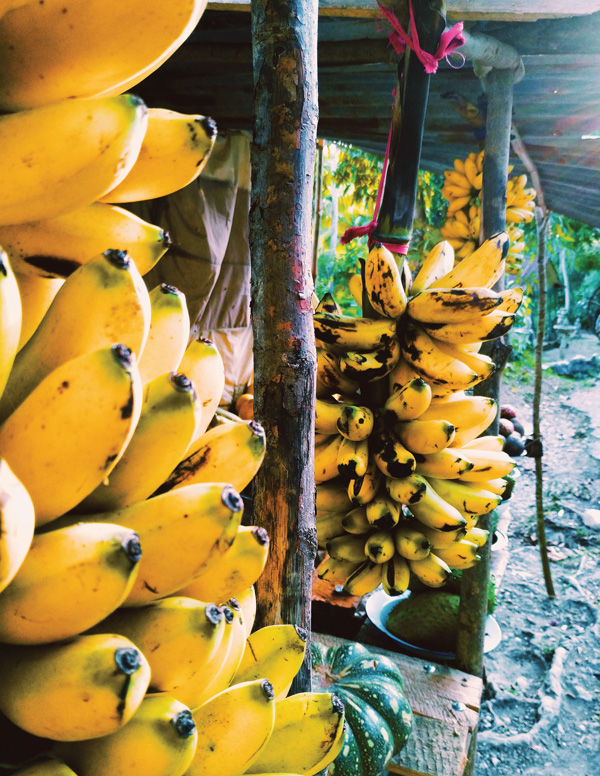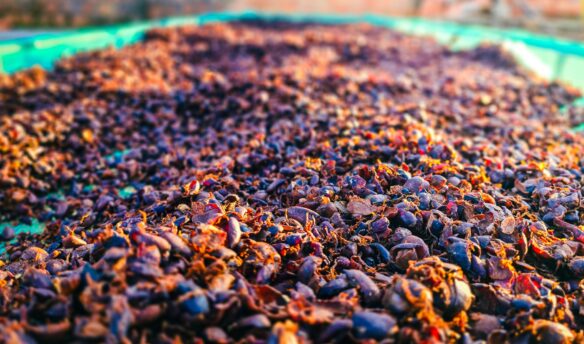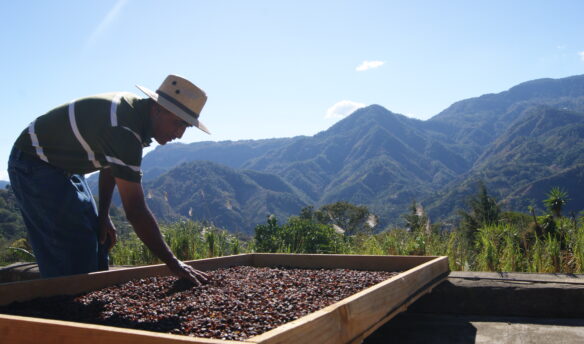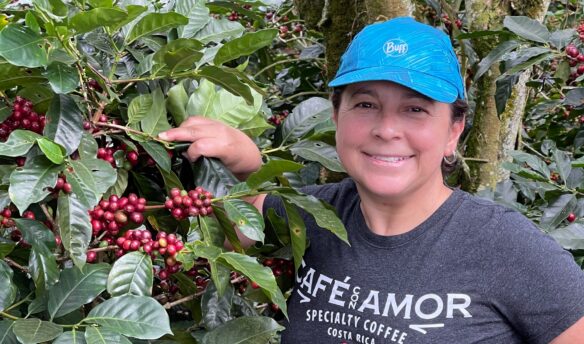[I]n 1804, the world’s first Black republic won its independence from France. Haiti is the only country born of a successful slave revolution. From the first day of its existence, its leaders defied world powers by abolishing slavery and the slave trade.
Unbeknownst to many, prior to 1804, Haitians produced half of the world’s coffee through extreme labor exploitation and systematic violence. The history of coffee cannot fully be appreciated without an appreciation and understanding of coffee’s origins in Haiti. Slavery and systemic racism were inextricably intertwined with every bean of coffee produced before 1804 and, in some cases, even after it.
The New Black Republic
Once Haiti acquired its independence it was not eagerly welcomed into the community of nations. In Europe, the new Black republic was considered a threat to the global social order where Europeans sat at the top of the hierarchy. On the other side of the Atlantic, slave owners in the south of the United States did their best to ensure that the Black enslaved were kept in the dark about their freed brothers and sisters in the Caribbean. In fact, Thomas Jefferson imposed an embargo on Haiti, cutting off trade with the country from 1806 to 1808; the U.S. did not recognize Haitian independence until 1862.
The success of the Haitian Revolution, however, demonstrated to Latin America and even to the Black enslaved in the United States that freedom, for all, could be attained. Through his leadership, Haiti’s liberator Toussaint L’Ouverture inspired Simón Bolívar of Great Colombia and San Martín of Argentina to lead their own independence movements in South America.
It was L’Ouverture who inspired Emeterio Betances, the Father of Puerto Rico’s independence movement, to launch El Grito de Lares, which united all Puerto Ricans against Spanish colonial rule. Haiti’s game-changing revolution inspired the birth of true liberty for all, no matter the color of one’s skin, in the Western Hemisphere and around the world. This cannot be emphasized enough.

In an effort to restore both French rule and slavery, Napoleon Bonaparte sent his brother-in-law, General Charles Leclerc, and 43,000 French troops to capture L’Ouverture and wage a war of extermination. In a letter to Bonaparte in 1802, General Leclerc wrote, “Here is my opinion on this country, we must destroy all of the black people in the mountains — men and women — and spare only children under twelve years of age. We must destroy half of those in the plains and must not leave a single person of color in the colony who has worn an epaulette.”
Following L’Ouverture’s imprisonment in France, Jean-Jacques Dessalines, one of L’Overture’s generals and himself a former enslaved person, led the Haitian revolutionaries to victory against the French on January 1, 1804, declaring, “Freedom or death.”
After the 13-year revolutionary war, Haiti’s military elites, including Dessalines, tried to revive coffee production and economic activity by managing the formerly enslaved through the use of coercive measures. The strategy failed and led many to flee to the mountains where they focused on small-scale farming. Other formerly enslaved Haitians burned coffee labor camps to the ground because they reminded them of their sadistic oppressors. Economic sanctions by the West also caused widespread abandonment of coffee farms on the island.
Then in 1825, 21 years after independence, the French sent 14 warships to Port-au-Prince, the nation’s new capital, and threatened to attack. Freedom had not fully arrived. Instead of physically attacking, they coerced Haitian leaders into an economic agreement that would have lasting repercussions. For diplomatic recognition as a free nation, Haiti’s president agreed to pay France roughly $21 billion in today’s terms, which is more than double Haiti’s current GDP as of November 2020.
It’s not uncommon to hear Haitians say that they paid for their independence twice—once with their blood and again with their money, which included heavy taxes on coffee exports. The legacy of this so-called “economic exchange” remains contentious.
Despite herculean challenges, Haiti’s rich coffee heritage has survived the ebb and brutal flow of economic sanctions and instability, foreign occupation, dictatorships, state-sanctioned monopolies, unfair trade practices, weak infrastructure, environmental degradation, and natural disasters.
Cultivating Against All Odds
Today, against all odds, Haiti continues to cultivate its Arabica Typica, one of the oldest coffee varietals still in production, and mostly unchanged since it was brought to the Western Hemisphere from Ethiopia. This Typica is an heirloom of one of the first coffee varietals found suitable for human consumption—consider it time travel. Unlike many of the varietals that have since evolved and mutated from the Typica cultivar, the Haitian varietal is susceptible to pests and fungal diseases that plague coffee plants, resulting in an uphill battle for Haitian coffee producers.
Furthermore, Haiti continues to produce some of the best-tasting Arabica Typica as a result of having some of the highest mountains in the Caribbean. In fact, for Coffee Review’s August report, a blind review from licensed Q-graders awarded Haitian coffee beans grown in the region of Thiotte a whopping score of 90.
It’s important to note that Haiti’s current farming culture has roots in pre-independence times, so farming methods have remained mostly unchanged for more than three decades. The traditional name for its diversified farming culture is “jadin Kreyol,” or Creole garden. In simple terms, this kind of farming involves growing a variety of vegetables and subsistence crops on family-owned plots while also growing cash crops like coffee, mangos, cocoa, and others at a small scale. It’s widely believed by farmers that this form of diversified farming will minimize the personal risk that may accompany focusing on coffee alone. As such few, if any, Haitian coffee producers describe themselves solely as “coffee farmers.”
In an effort to leverage these Creole gardens and gain better access to resources and capital, coffee producers on the island have created growing numbers of coffee cooperatives that are attracting foreign buyers from the U.S., Europe, and Japan. Members pay a fee that allows them access to foreign markets, marketing, research, and education.
Coffee cooperatives lend well to Haiti’s collectivist culture, particularly in rural areas. In these areas, unlike individualistic cultures, farmers are more likely to be motivated by group goals and long-term relationships. On the ground, the cooperatives are often made up of folks who grew up together, attend church together, and farm with each other.
Unfortunately, these cooperatives face their own set of challenges, which include but are not limited to coffee price fluctuations, pests and coffee diseases, and internal turf conflicts that are tied to corruption. Although needed and necessary, even cooperatives that are ethically managed can have some drawbacks such as a lack of transparency in regards to wages and gender equity.
To overcome these challenges, it’s important that foreign buyers and investors resist outsider-driven solutions and invest in learning about Haiti’s history, culture, and local context rather than accepting stereotypes steeped in neocolonial narratives.
Coffee is Culture
We can all accept that, like all nations, Haiti is layered with complexity from beginning to end. However, one aspect of life that is uncomplicated on the island is the relationship that most Haitians have with their drink of choice: kafe. In Haiti, coffee is culture. To be Haitian is to drink coffee—usually, black. You’d be hard-pressed to find a Haitian citizen who doesn’t enjoy a freshly brewed sugary cup of black coffee every morning with a piece of bread and avocado. Whether in the city or countryside, Haitians often roast their coffee at home and finely grind it with a mortar and pestle. This daily activity is deeply weaved into the country’s cultural fabric.
During our trips to both the capital and countryside, we’ve been struck by the reverberating entrepreneurial spirit found on every street corner, from the sugarcane juicer to the start-up founder. Unfortunately, many young Haitians have left their family farms in pursuit of opportunities in Port-au-Prince. To make matters worse, coffee producers are beginning to age out without passing on their skills.
In light of this, a new generation of producers must be properly incentivized to continue Haiti’s rich coffee heritage. Without the right incentives, Haiti’s farms will once again be abandoned. The next generation of coffee farmers need access to capital, fair prices for their work, committed researchers who will help prevent coffee diseases, as well as funding to test soil conditions that will yield competitive results. The future of Haiti’s coffee industry must be placed squarely in the hands of young farmers who will work to build a sustainable and equitable future.
The world’s first Black republic needs buyers who believe in its products and are committed to dismantling the neo-colonial narratives that have for too long robbed it of its potential. What Haiti doesn’t need is another NGO or handout. It needs committed investors.
Since its inspirational fight for independence, Haiti has shown the world that it will not quit. Its relentless dedication to self-determination is why we insist on ending the erasure of its critical role, both in coffee and world history.
Coffee, as we know it today, would not exist without the stony road trod by Haiti. Even in the midst of a global pandemic, Haitian coffee producers continue to work tirelessly to improve the quality of their coffee production, and their earnest efforts and contributions must no longer go unnoticed. Haiti’s story is one of revolution and inspiration at origin; may it inspire and fuel you.
All photos by David Dávila, unless otherwise noted.
This story was originally published on December 28, 2020, and has been updated to reflect Fresh Cup’s current editorial standards.



